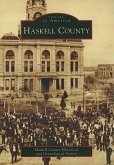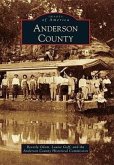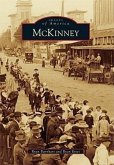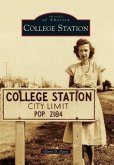Located in the picturesque Texas Hill Country, Bandera County was named for nearby Bandera Pass, a naturally occurring passageway through the neighboring hills. Near the pass, the Medina River weaves its way through the county. In 1853, a group of settlers arrived and set up camp to make shingles from the huge cypress trees that grew along the river. Soon immigrant workers from Poland were recruited to work at a newly built sawmill. The beauty and abundance of resources also attracted an early group of Mormons, who established a nearby colony. The town of Bandera was designated the county seat at the formation of Bandera County in 1856. Bandera became a staging area for cattle drives up the Western Trail, and today the county still maintains its frontier character. The Western way of life prevails as visitors from around the world come to sample cowboy living on local dude ranches and enjoy honky-tonk music and dancehalls.
Hinweis: Dieser Artikel kann nur an eine deutsche Lieferadresse ausgeliefert werden.
Hinweis: Dieser Artikel kann nur an eine deutsche Lieferadresse ausgeliefert werden.








